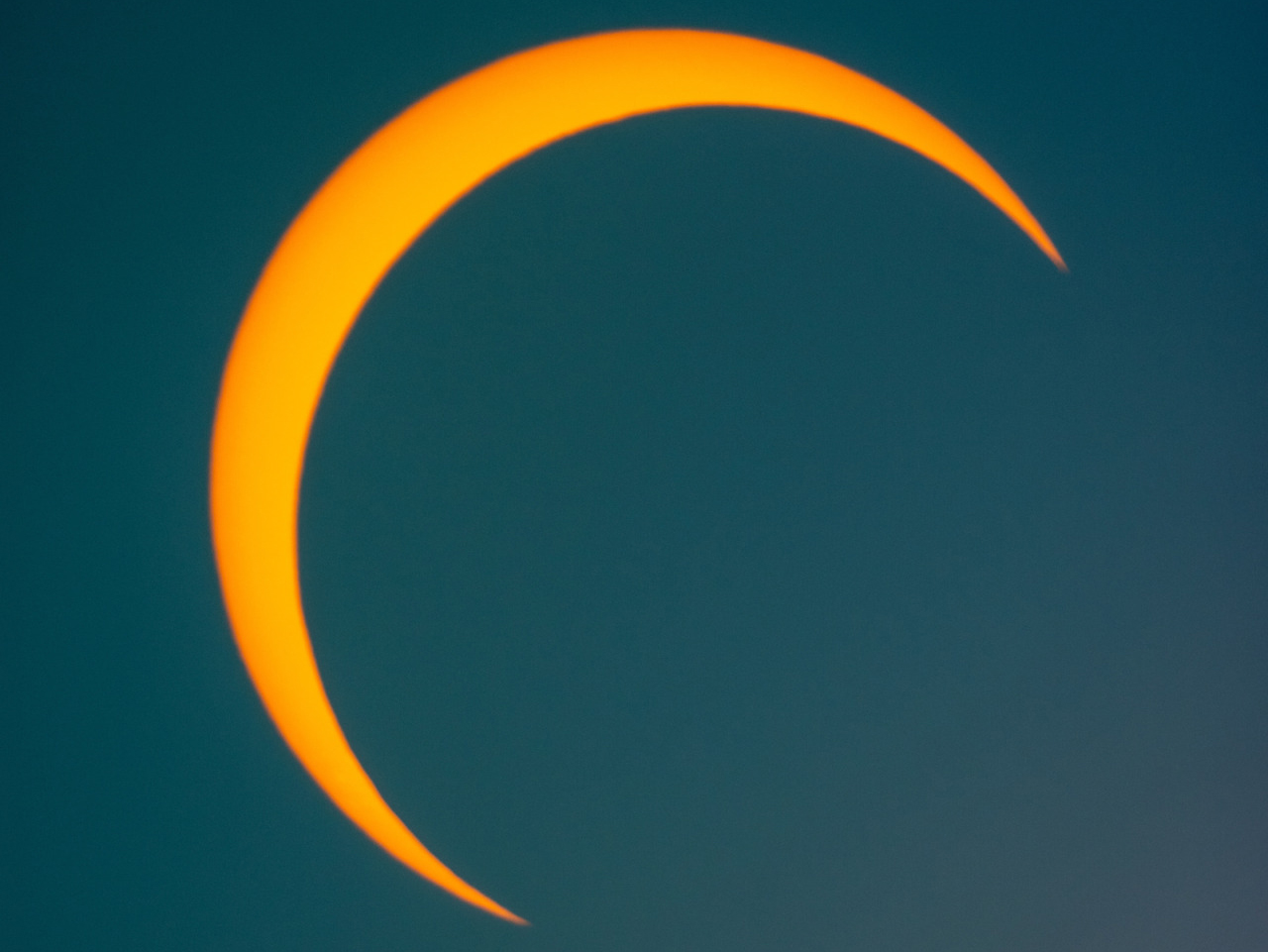Wildlife responses vary from unbothered to anxious
While many of us are preparing for the solar eclipse on April 8 with ISO-approved solar eclipse glasses and extra water and fuel, animals will naturally be caught unaware by the premature darkening of the sky. So, how do they respond?
Jacob Dykes, Ph.D., Texas A&M AgriLife Extension Service wildlife specialist, Corpus Christi, said that it’s not very clear, so, in addition to watching the eclipse, he’ll be watching animal behavior. And he’s inviting citizen scientists to join him.
“Even among members of the same species, there is quite a lot of variation in how animals respond,” said Dykes, also an assistant professor in the Texas A&M College of Agriculture and Life Sciences Department of Rangeland, Wildlife and Fisheries Management. “It may be down to the individual. Some animals respond and some don’t. Right now, it’s a question that nobody seems to have a complete answer to.”
Previous observations
Because of the rarity of total solar eclipses, determining broad animal response patterns has been difficult. However, researchers have documented some strange cases in recent years.
For example, in 2017, the Riverbanks Zoo and Garden in South Carolina was in the path of the total solar eclipse. Researchers and animal keepers observed the animals before, during and after the eclipse to watch for changes. They found that responses generally ranged from no noticeable change to displays of anxiety, switches to nighttime preparation, and other unusual responses like changes in vocalization or gazing skyward.
“Researchers saw giraffes suddenly start running around their pen,” Dykes said. “Some of the male gorillas became more aggressive. These were some of the anxiety behaviors.”
Changes in vocalization patterns, such as birds or insects becoming either quieter or more vocal, are also relatively common — though not as well-documented as changes in activity. In many cases, Dykes said animals seem to behave as though they’re preparing for the night.
“For birds, they would suddenly go to nest and then a few minutes later, when the sun came back out, they would seem to start their day all over again,” he said. “There’s no telling what’s running through these critters’ minds when, suddenly midday, the sky goes dark. Their environment is always having an influence, whether through rain, temperature, wind speed, the amount of sunlight or the length of day. Wildlife are deeply in tune with their surroundings.”
Watching wildlife on April 8
As part of his research, Dykes studies spatial ecology, tracking animal movement, resource selection, reproduction rates and more. The GPS collars he and his team use allow near-real-time tracking, with updates every 30 minutes.
Though this is a regular tool for these researchers, Dykes said he looks forward to seeing if there are any noticeable changes in animal movement as a result of the upcoming eclipse.
And, while AgriLife Extension experts will continue to collect this data using specialized equipment, Dykes noted that many cases of animal responses to solar eclipses have emerged from less formal observations by the general public. Scientists have used recordings posted on social media platforms like Facebook groups or iNaturalist to piece together the bigger picture.
“People are gearing up to make sure they’re collecting data,” he said. “I think we’ll understand the effect of solar eclipses on wildlife more as time goes by. And now, we have an army of citizen scientists contributing to our data sets and really helping us out. I’ll be monitoring social media accounts after the eclipse to see what everybody’s saying. It’ll be really interesting.”
For those wanting to keep animal responses in mind on April 8 — and potentially contribute to science — Dykes encourages people to pay attention to wildlife behavior not only during totality, but before, during and after the eclipse.
Though he doesn’t expect animals’ responses will cause any additional danger, general safety tips can be found from AgriLife Extension’s Disaster Assessment and Recovery, DAR, unit.
“The eclipse is going to be a great opportunity for science and observation,” Dykes said. “As always, stay safe.”
PHOTO: The total solar eclipse is expected to last over 4 minutes as it tracks across the Texas sky on April 8. Not only will the sky darken, but many animals will sense changes in temperature and wind speed. (Michael Miller/Texas A&M AgriLife)



